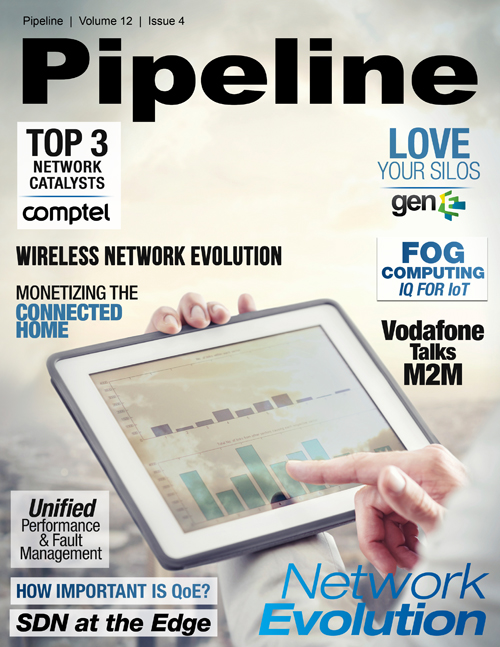Love Your Silos
The CEM Myth
We all may have presumed the CEM issue had been solved, but poor customer experience still runs rampant across the industry. For several years, we have been talking about improving the customer experience and many various ways to improve it. But the reality is that for many service providers, customer experience management (CEM) has be relegated to up-sell and cross-sell solutions and enabling customer service representatives (CSRs) to better sell to customers or measure their perceptions. Other initiatives, such as Net Promoter Score and network optimization methodologies may improve network quality and planning. But in today’s data-driven and increasingly virtual environment service providers must go beyond the traditional approach and leverage a dynamic, service-level architecture that leverages the collective strength of their legacy and next-generation resources and match those with key performance indicators (KPIs) that affect service quality and SLA requirements.
Each time a new service is introduced, the service assurance functions need to be established. KPIs and SLA requirements need to be configured and brought into the service provider toolset for monitoring. This is complex, time consuming and costly; and service providers must have visibility into the service to manage SLA commitments. The old swivel chair is now being replaced by screen hopping between different applications which provides marginally better but less than optimal results.
For example, service providers have been rushing to deploy fiber optic networks for some time, but real-time performance monitoring, service assurance and trouble resolution is still a significant issue for fiber deployments for both business and residential customers. In a residential fiber scenario video, internet and voice may be additional services running on top with their own set of QoS variables that need to be tested, monitored, and any issues must be resolved in near real-time to minimize the impact to customers. In a business scenario, service degradation may have significant operational consequences and SLA penalties to boot – and ultimately lead to the loss of large, enterprise customers where capital investments have been made to specifically connect their premises to the fiber network.
Gen-E is taking a unique approach to solving this problem by baking service-level KPIs and SLA management into its gen-E Ops Center , which resides at the service layer. Since there is an inherent relationship between the KPIs and SLA requirements, Ops Center provides separate visualization of each (KPI and SLA management) with underlying algorithms to perform the calculations and relationship determinations. These SLA templates can then be reused, particularly for any SLA criteria that fall outside of industry-standard KPIs.
“We look at KPIs by type of service and network. Those standards-based industry KPIs will be preconfigured in Ops Center so the deployment timeframe will be significantly reduced and a service provider that doesn’t understand or be cognizant of the specific KPIs and can leverage the industry's best practices.”
Gen-E Ops Center is specifically designed to help service providers move up to the service layer and refine their operational process so they can have end-to-end visibility of the service and industry standard KPIs, and then push actions down to their existing silos for proactive remediation.
What’s old in new again
The silo-busting, CEM story is nothing new, but it might be fundamentally flawed. Service providers need their silos. What they have been lacking is the ability to harness their potential. This ability is the foundation for unlocking a vault of unique services and delivering a truly a superior customer experience.
Point-to-point integration doesn’t scale and service providers need end-to-end service visibility and control to contend with today’s environment. By moving up to the service layer, service providers can leverage the data and functions of each silo. Not only for CEM, but for tailoring offerings based on old and new service and network technologies.
Don't fear the silo. Embrace it.



















